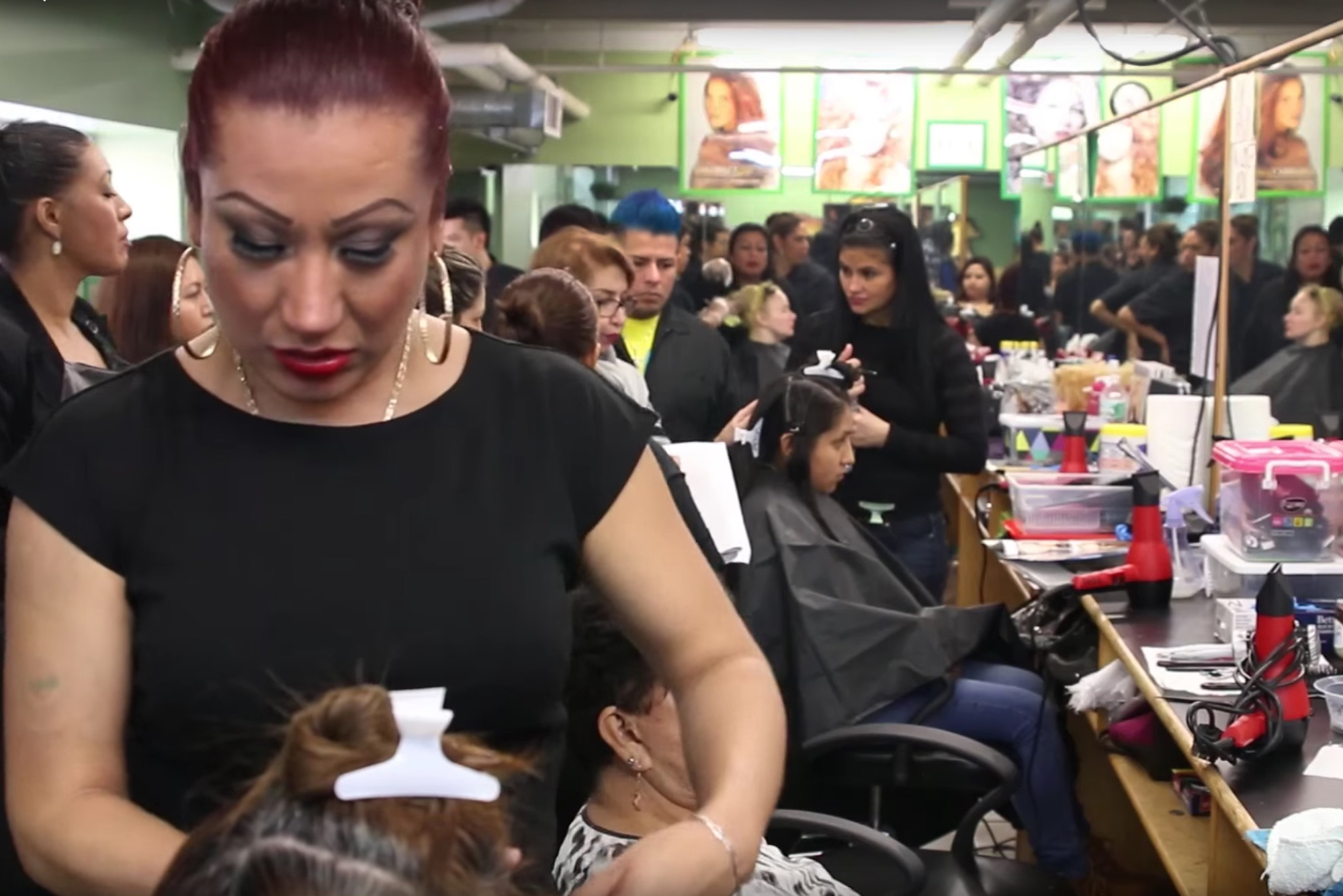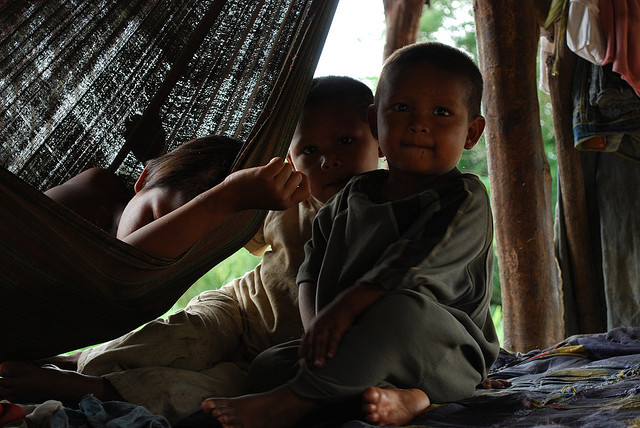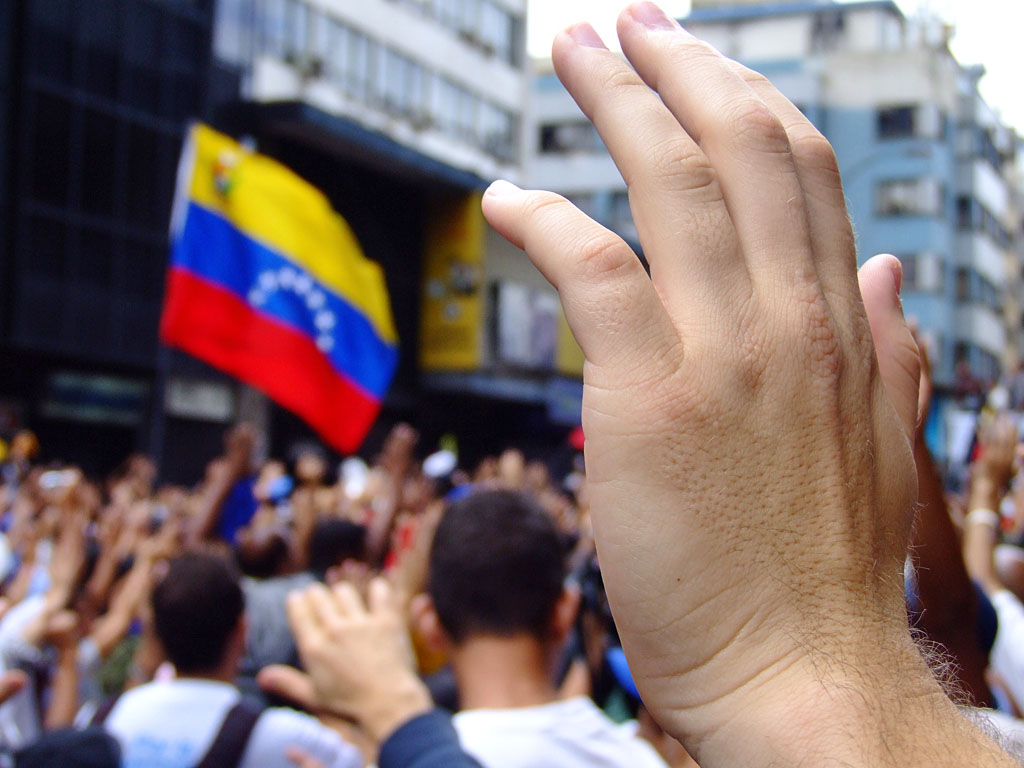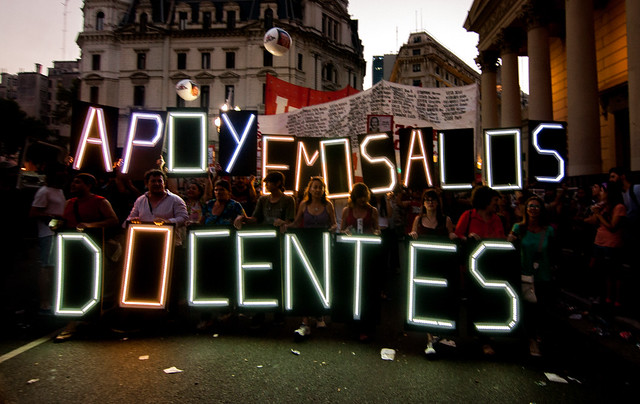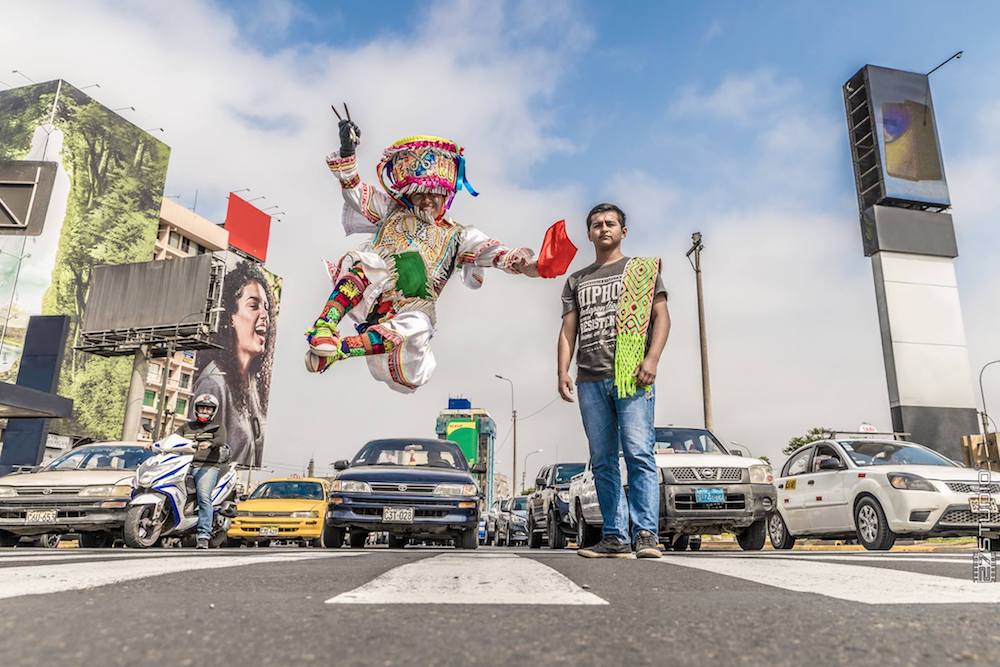
Andes, Features, Peru, Quechua
Quechua en Resistencia: An Interview with Peruvian Rapper Liberato Kani
May 1, 2019 By Nestor David Pastor
Once, while in a taxi, Ricardo Flores recalls being told that his music sounded like French rap. “Have you heard French rappers?” the driver asked. “They’re really good!” It was an offhand remark, meant to be a compliment. But for Flores, who goes by the stage name Liberato Kani (“lover of freedom” in Quechua), it made him reflect on whether his rap flow in Quechua truly captured the essence of the language.
It didn’t, he ultimately decided, as he began preparing his second album, the follow-up to his 2016 debut “Rimay Pueblo.” With its straightforward mix of Spanish and Quechua lyrics over standard hip-hop beats, the album established the 25-year-old artist as an important figure in the emerging “rap Andino” movement in Peru and in the broader “rap Indígena” movement in neighboring countries like Ecuador and Bolivia, and throughout Latin America.
Yet even if the sound is a work in progress, Flores’ socially conscious message has found a growing audience among those interested in reclaiming their Indigenous heritage and challenging social norms. “Quechua is resistance,” Flores repeatedly shouted in Spanish during a set at the Bronx Music Heritage Center in November. The refrain, as well as his t-shirt with the word “cholo” printed across the chest, are some of the ways Flores reappropriates the negative stereotypes associated with Indigenous people in Peru.
Flores was in the Bronx as part of a short international tour called “Pawaspay” (“taking off” in Quechua) that took him to Chile, Spain, Cuba and the United States, where he performed in Maine and New York before heading to Philadelphia to perform at the 2018 Quechua Alliance Annual Meeting. Flores put on a traditional green poncho before getting on stage, where a wiphala, an Indigenous pattern and symbol of Andean peoples, hung in the background. Flores cultivates a visual aesthetic that feeds into the overall aesthetic he hopes to craft with his new musical direction. “There are so many different styles in Peru, I want to work with them all,” Flores said.
One example of this new direction is the single “Ch’usay” (“travel” in Quechua), a collaboration with the Peruvian fusion band Novalima and Peruvian soprano and anthropologist Sylvia Falcón. The blend of traditional Afro-Peruvian and Andino influences, along with Flores’ verse, is explicitly contemporary.
“Fusion is an important concept,” Flores said. “It expands your reach.”
Another example is a new version of the track “I am cholo” by the Peruvian metal band D’mente Común, which commemorates the 20th anniversary of the album on which the song originally appeared. Flores has also collaborated with other up-and-coming Quechua artists such as Renata Flores, who first became known to international audiences after performing a cover version of Michael Jackson’s “The Way You Make Me Feel” in Quechua and has since experimented with hip-hop and trap music in Quechua.
Fusion, according to Flores, provides much-needed visibility to counter the stigma that limits Indigenous people to a rural, antiquated context “so they can serve as objects of study for years to come,” Flores said.
“Unfortunately, it’s not convenient for (Indigenous people) to exist in the 21st century,” Flores said. “Why? Because it would be the end of academic careers, research projects — the end to anthropological tourism.”
Flores, on the other hand, was in the midst of his own pilgrimage to the Bronx, having finally reached the birthplace of hip-hop.
“For a long time, I’ve felt something for this place,” Flores said. “And to bring hip-hop Andino (to the South Bronx) is like bringing your work to the motherland. … It’s a dream come true. I can die happy now.”
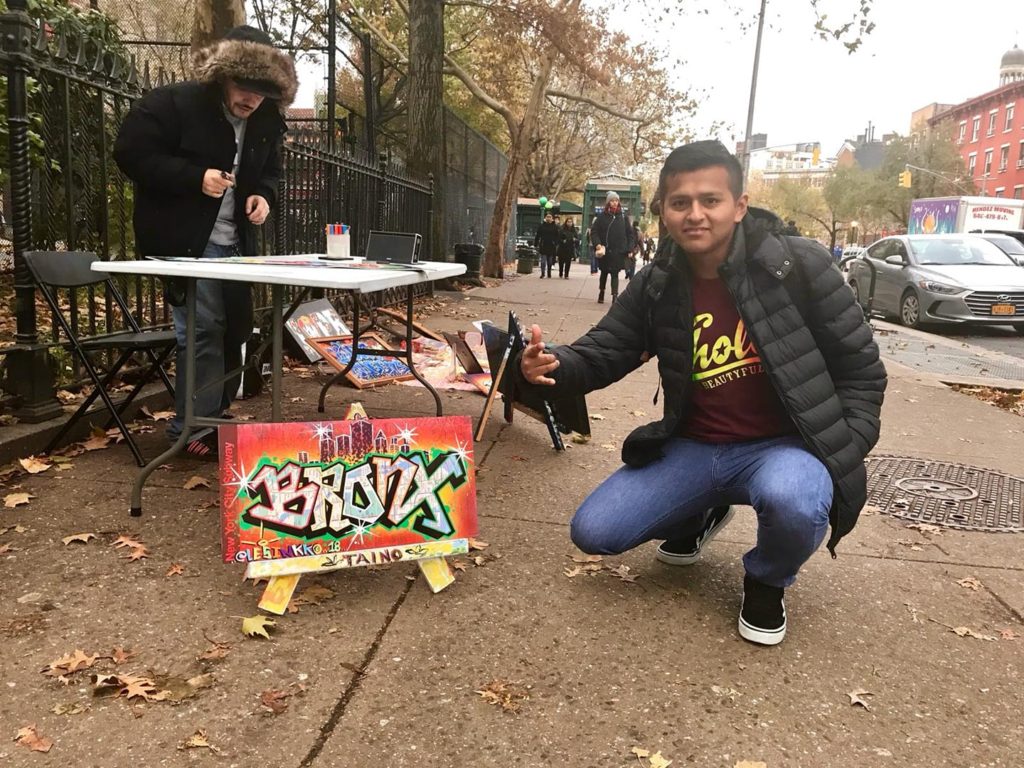
Ricardo Flores poses in the Bronx. (Photo courtesy of Liberato Kani)
The trip marks the second major career milestone for Flores. In 2017, his music reached the family of his idol, Peruvian writer José María Arguedas. Since then, Flores has remained in touch with the family as his career has progressed. Arguedas is a major 20th century literary figure, whose realistic depictions of Peru’s Indigenous communities, as well as his use of Quechua in his writing, were a precursor to the burgeoning movement to reclaim and reproduce Indigenous culture in a modern context. This kind of artistic production has gained traction and can be seen in Indigenous-language films like “Wiñaypacha” and “Retablo,” which both received domestic and international acclaim. Just last year, Peru’s National Literary Prize announced a category for literature written in any of Peru’s hundreds of Indigenous languages. This year was also declared the Year of Indigenous Languages by the United Nations, further adding to this mainstream shift.
The normalization of Indigenous pride, especially through music, is important to Flores as he reclaims his own heritage. He says his music brings him back to the three years he lived with his grandmother in Apurímac. During his set in the Bronx, he spoke at length about her influence, sacrificing stage presence in favor of an extended monologue in praise of her wisdom and knowledge. Flores’ heritage also includes a musical lineage. Both his grandfather and his father were musicians. His father is a well-known Taril musician and a danzante de tijeras, a traditional Andean dance known as the “scissors dance.”
Going forward, Flores hopes to pursue a graduate degree in anthropology and to study abroad. Currently, Flores teaches history at a school in Lima while he finishes up his studies at the Universidad Nacional de Educación Enrique Guzmán y Valle (UNE), otherwise known as La Cantuta. He then plans to return to Umamarca, the town in the Apurímac region where his family is from, to work on archaeological projects that have been abandoned and to recover the town’s history.
When asked if his plans will put a halt on his music career, he responds with optimism: “Music stays with you, wherever you go.”
